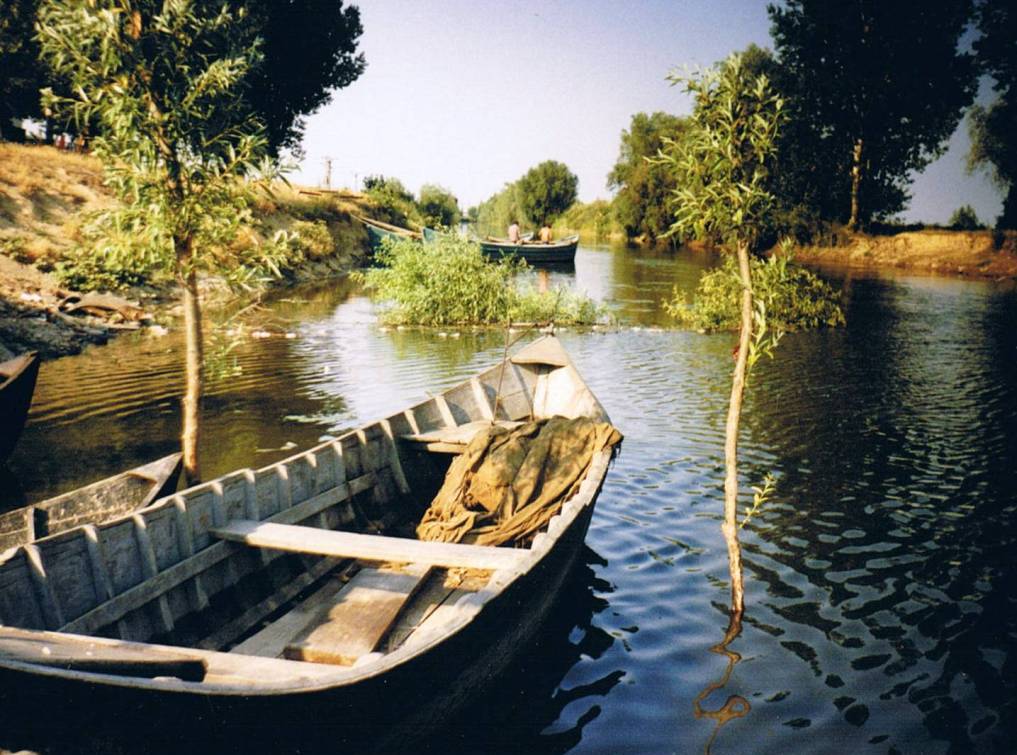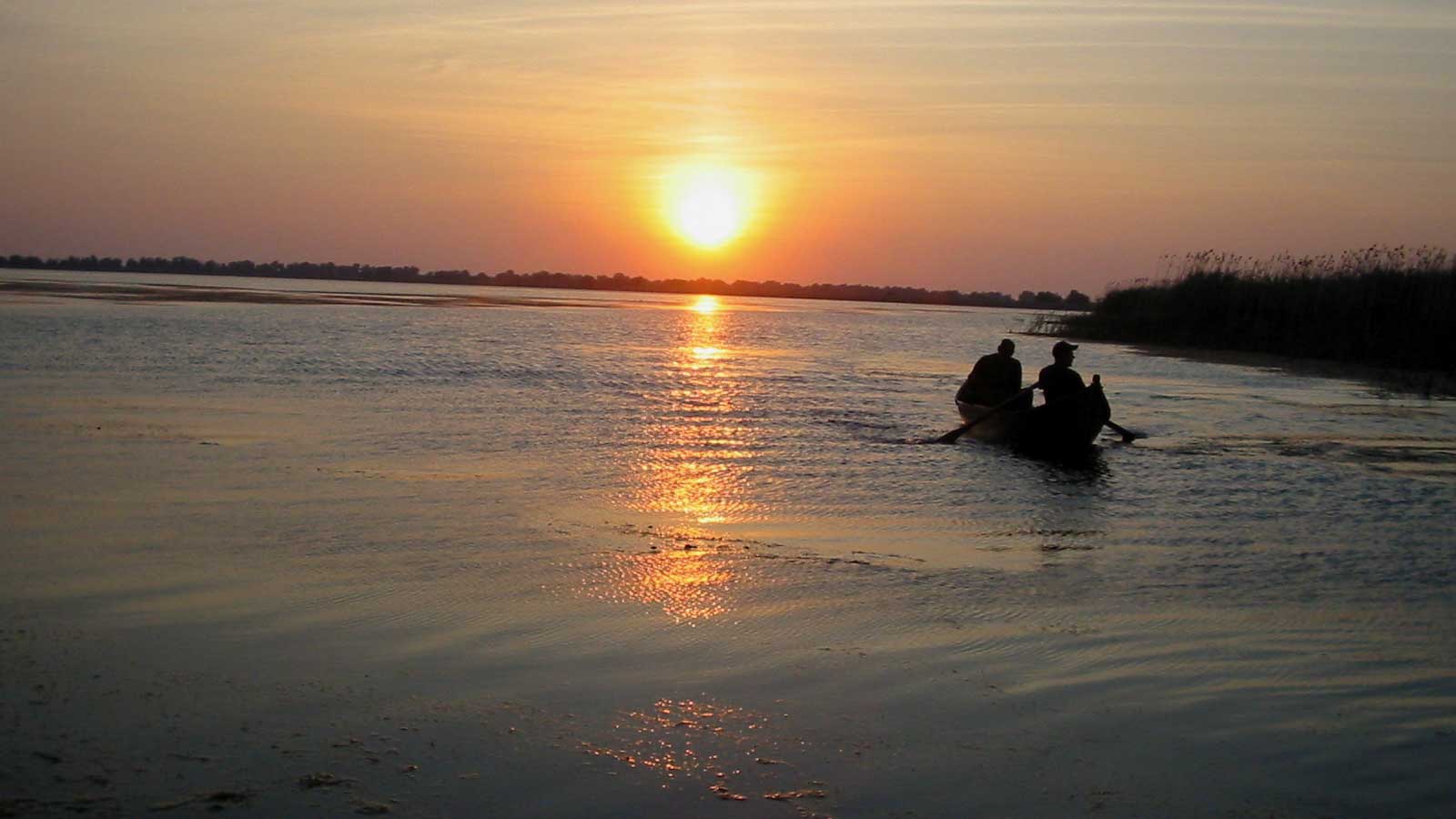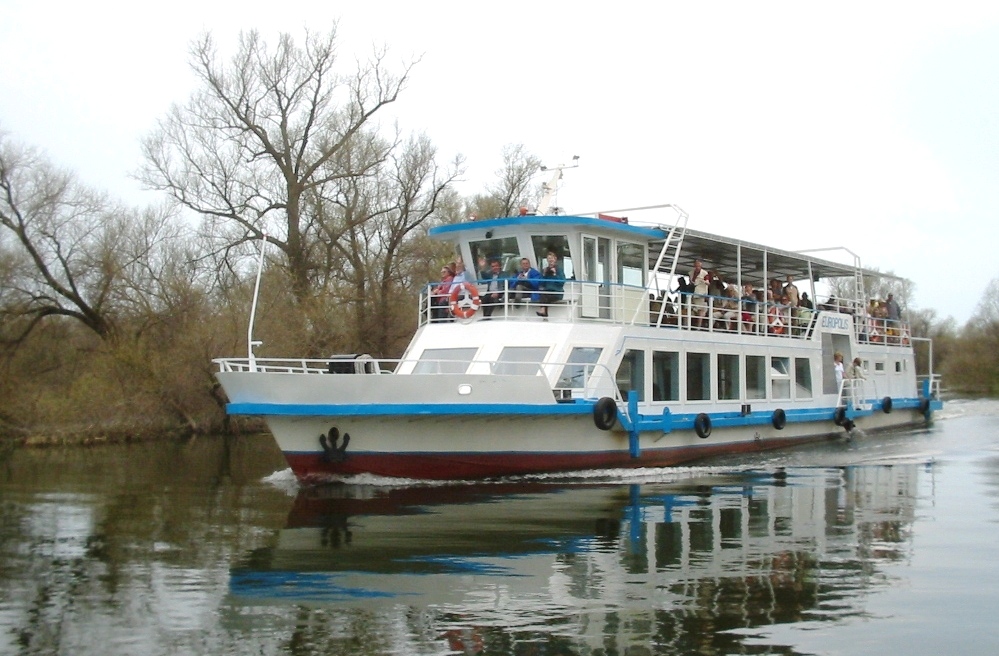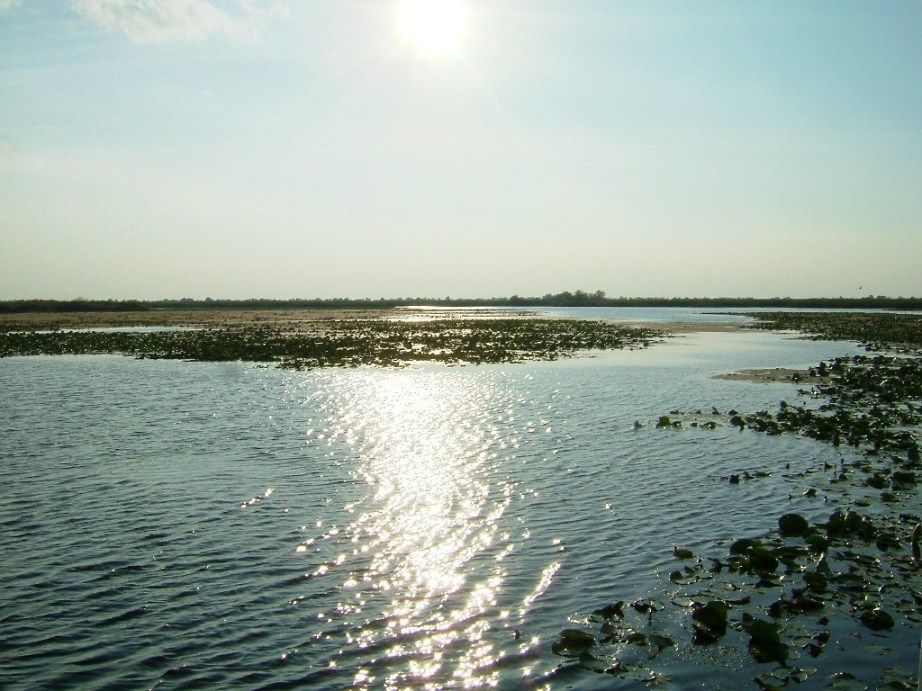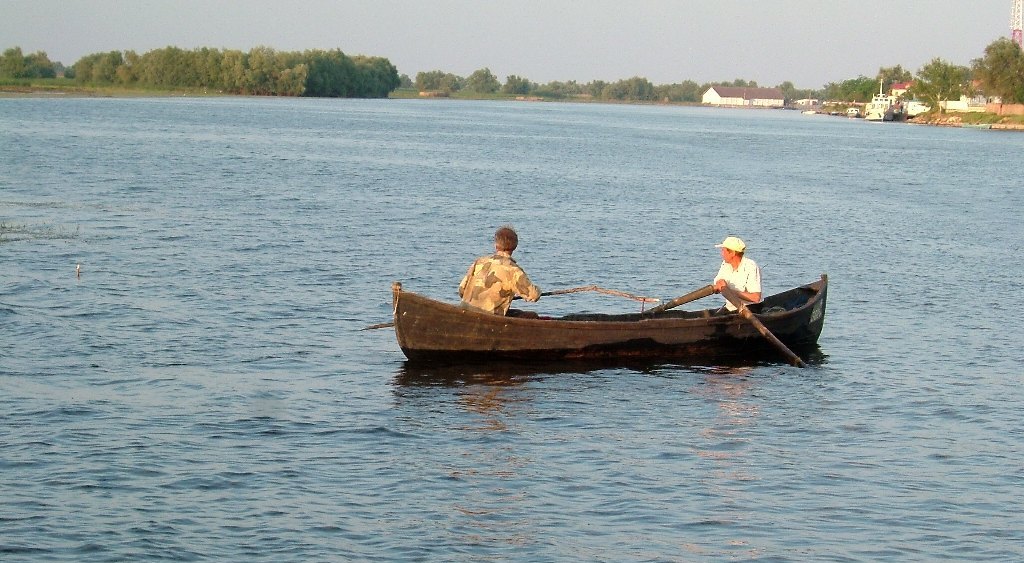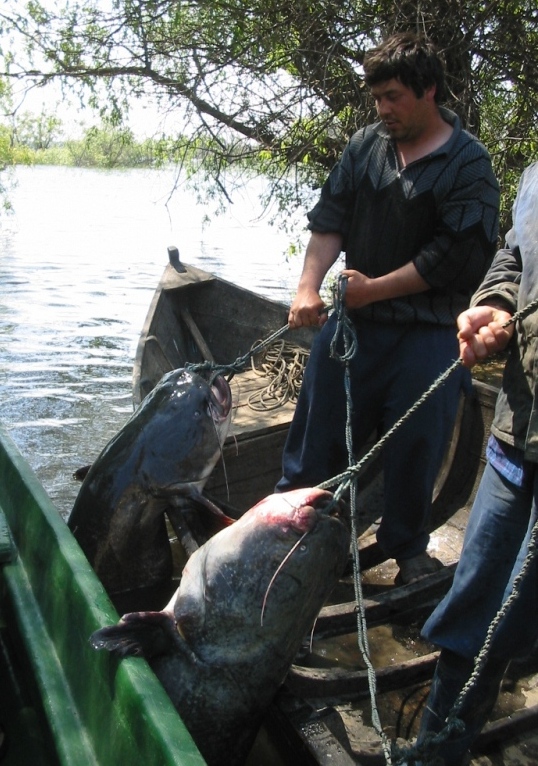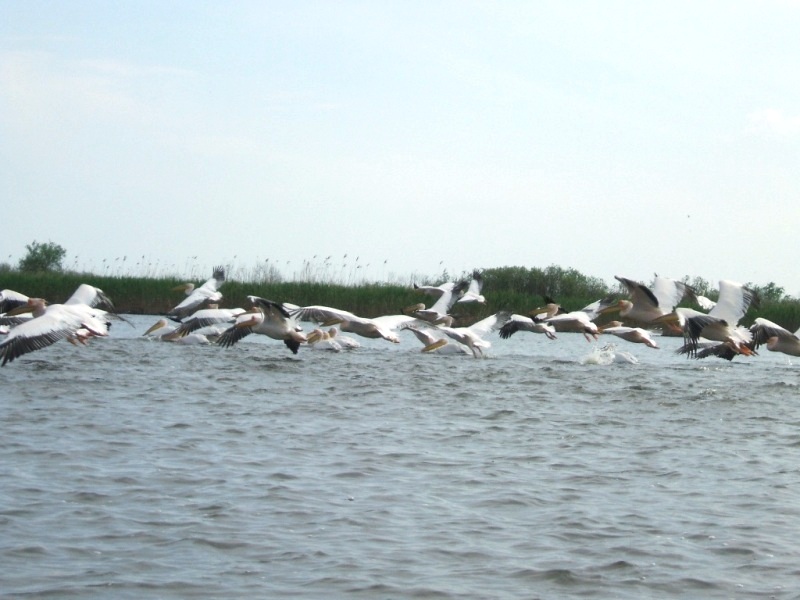Danube Delta & Black Sea
You are here: Home > Destinations > Romania > Danube Delta & Black Sea
About Danube Delta & Black Sea
Dobrogea is home to the Danube Delta, a 2,200 sq. mile wildlife reserve designated by UNESCO as a "Biosphere Reservation"; also in this region is the ancient port city of Constanta and seaside resorts stretching along Romania’s 152-mile Black Sea coast.
From the port city of Tulcea, a cruise through the Delta’s waterways give visitors a glimpse of the abundant wildlife and traditional fishing villages; floating reed islands, sand dunes and waterways offer shelter to over 300 species of birds, countless fish and 1,150 species of plants. South of the Delta, the historical city of Constanta serves as a major port on the Black Sea and features several museums, historical monuments, fine mansions and a grand casino, the city is the focal point of Black Sea coast tourism.
Sightseeing Highlights:
- Constanta - a rich and deep history shows through in its buildings & the variety of food on offer.
- Halmyris - more of this ancient Roman city is being unearthed all the time - check for recent discoveries.
- Delta by boat - even if you don't have a big interest in wildlife you cannot fail to be impressed by the scenery and local way of life in this UNESCO World Heritage location - local guides available to pre-book.
Danube Delta (Delta Dunarii) - a UNESCO Natural World Heritage Site
The mighty Danube River flows 1,788 miles from its springs in Germany’s Black Forest to the Black Sea. Just before reaching the sea it forms the second largest and best preserved of Europe's deltas: 2,200 square miles of rivers, canals, marshes, tree-fringed lakes and reed islands. The Danube Delta is a wildlife enthusiast’s (especially a bird watcher’s) paradise.
Travellers can spend three or more days exploring its passages, teaming with the highest concentration of bird colonies in the whole of Europe. The maze of canals bordered by thatch, willows and oaks entangled in lianas, offers the perfect breeding ground for countless species of birds, some of them from as far away as China and Africa. Some 300 species of birds make the Delta their home, including cormorants, white tailed eagles and glossy ibises. The bird watching season lasts from early spring to late summer. Birds are not the only inhabitants of the Delta, though, there is also a rich community of fish and mammals, including wildcats, foxes and wolves even an occasional boar or deer.
The Delta is formed around the three main channels of the Danube, named after their respective ports: Chilia (in the north), Sulina (in the middle), and Sfantu Gheorghe (in the south). The Danube Delta Biosphere Reserve has the third largest biodiversity in the world (over 5,500 flora and fauna species), exceeded only by the Great Barrier Reef in Australia and the Galapagos Archipelago in Ecuador. Some 15,000 people inhabit the Delta area, living in 28 villages and one city (Sulina). More then half of the Delta Biosphere Reserve is virtually intact and is a vitally important buffer system between the hydrographical basin of the River Danube and the Black Sea.
Places of Interest
- The Lake Rosca (Lacul Rosca) - a strictly protected reserve located between Chilia Veche and Periprava, is home to Europe’s largest white pelican colony; the area also harbours geese, egrets and storks. Here, you may encounter black-bellied foxes, wild horses, boars, falcons and white-tailed eagles. The surrounding sand dunes are home to tortoises and lizards.
Note: Access to Letea Forest is permitted only with a guide (warden) on the designated route.
- The Sulina Arm - shortest of the three, stretches some 42 miles from Tulcea to Sulina. Although it only carries 18% of the total water flow, Sulina is the main navigation route for passenger and commercial traffic. Between 1880 and 1902, a canal was dug to facilitate river traffic, shortening the natural course of the Sulina arm and allowing for easier access to villages in the Delta.
- Maliuc is one of the Delta’s youngest settlements. Lake Furtuna, one of the region’s largest lakes, lies just to the north of Maliuc. Pairs of swans and numerous moor hens and wild ducks mingle with other species while white pelicans often gather in huge numbers to feed and roost around this lake.
- Crisan is the main stepping-off point between Tulcea and Sulina. A fishermen’s village with a few houses spreading over the right bank and a fishery on the opposite shore, it makes an excellent base for exploring the surrounding lakes and canals.
Note: access to Caraorman Forest is permitted only with a guide (warden) on the designated route.
- Mila 23 - British engineers measured the course of the Danube in miles, starting with mile 'zero' in Sulina on the Black Sea coast. Hence, 23 miles inland, you will find Mila 23, a quaint traditional fishing village.
- Sulina - the terminus for cruise liners sailing across the Delta, it was once a hive of activity with traders from Europe and the Middle East, adventurers and sea pirates. The town served as headquarters for the European Danube Commission during the 19th century when the Danube was turned into a waterway suitable for commercial shipping. This huge project attracted workers from all over Europe, and the Anglican, Catholic, Protestant, Orthodox, Muslim and Jewish tombstones in Sulina’s cemetery bear witness to this former international community.
- Sfantu Ghoerghe - a number of interesting villages dot the banks of the Sfantu Ghoerghe arm, which stretches for some 67 miles and carries 23% of the Danube’s total water flow. First mentioned in 1318, the fishing village of Sfantu Gheorghe is well-known for its traditional cooking, including the famous black caviar (icre negre). A 30-minute walk will take you to one of the longest strips of beach on the Romanian Black Sea coast.
- Murighiol - a traditional fishing village, is home to the ruined Roman city of Halmyris, one of the most important ancient sites in Romania. Murighiol is the jump-off point for boats to Uzlina, home to the offices of the Danube Delta Biosphere Reserve and the Jacques Cousteau Foundation.
Activities
Visit historic sites, explore the waterways in a canoe or traditional fisherman's boat, catch a sunset you’ll never forget, sample wine from vineyards dating back to the Roman Empire and savour some of the finest caviar in the world, the beluga sturgeon from the Black Sea!
- Bird Watching - A bird-watchers’ paradise, the Danube Delta offers the opportunity to spot more than 300 species of migratory and resident birds, including eagles, egrets, vultures, geese, cranes, ibises, cormorants, swans and pelicans. Located on the 45th parallel, the Danube Delta makes for a perfect stopping-off point between the Equator and the North Pole for millions of migratory birds. Some of the most important species include - White Pelican, Dalmatian Pelican, Small Egret, Pygmy Cormorant, Ferruginous Duck, Red-breasted Goose, Glossy Ibis.
- Fishing - The Delta’s waters teem with some 160 species of fresh and salt-water fish.
Danube Delta Essentials
Visitors need travel permits to enter the Danube Delta Biosphere Reserve. Permits are included with tours; independent travellers can purchase permits from the Danube Delta Biosphere Reserve Administration (ARBDD) and travel agencies and hotels in Tulcea. Separate permits are required for fishing or hunting.
To experience the best of the Delta’s flora and fauna, we offer a multi-day trip with overnight stays in some of the local villages. We recommend that independent exploring be undertaken with a guide and not alone. Be sure to pack a strong mosquito repellent when exploring the Danube Delta.
We look forward to being of service.
Hotels to visit
Where to stay
Flexible Tailor-Made Holidays
- We believe passionately that no two holidays should be the same.
- With our flexible tailor-made holiday options you can travel at your own pace.
- Rediscover a city, a resort or an island in a weekend or longer.
- Take a small group tour or embark upon a more adventurous trip.
Trusted Service
- ATOL cover for flight inclusive holidays.
- One of us at Rediscover the World is very likely to have visited the hotels and travelled along the routes on your itinerary.
- Dynamic, comprehensive travel app with all your documents, maps and much more.
- Full financial protection for your holiday (TTA).
Why book Romania with us ?
- More than 30 years experience in Romania
- Unrivalled expertise of our local partner
- Fly-drives & Private Journeys
- Hiking in the Carpathian Mountains
- Small group cultural & nature tours
- Activity holidays / Food-themed breaks
- Personally chosen guest houses & small hotels
- 24hr assistance whilst in Romania
Reviews
